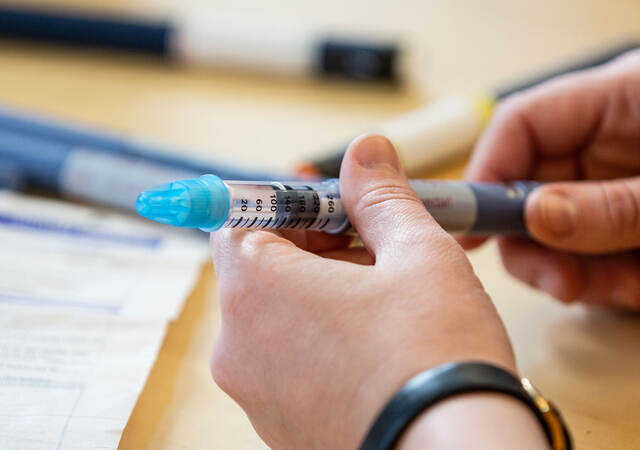As medical device human factors specialists and user researchers, we strive to create environments that are as realistic as possible during product evaluations. To that end, it’s critical that we put our study participants at ease, considering that nervousness can affect a participant’s performance during a study and that a comfortable participant will be much more willing to share insightful feedback than a nervous one.
So, how do we as researchers make sure our participants feel relaxed during an evaluation session? Our Human Factors Research & Design team at Emergo by UL has collectively conducted thousands of evaluation sessions over the years, and we’ve witnessed our fair share of nervous participants. Drawing upon these experiences, we’ve put together a list of tips to calm study participants’ nerves and make them feel welcome and ready to share their valuable feedback:
- Strike a warm and friendly tone: This tip starts the moment you greet your participant. I always take the opportunity to walk my participant from the building lobby to the test room, rather than having them be sent by someone else (e.g., building staff). This gives me the chance to strike a welcoming tone from the get-go. Taking the time to ask how your participant’s day is going, thank them for coming in, and finding a common ground with them can go a long way in demonstrating you’re a person too, not just someone observing or testing them.
- Emphasize what is being evaluated, not who: It is crucial that participants recognize they are NOT being evaluated in any way whatsoever. Rather, it is the product being evaluated. At the start of each session, we typically follow a script that introduces participants to the study and describes what will happen. During this introduction, we throw a good amount of information at the participant, so I always like to emphasize one point above all else: The session is NOT about judging them as participants. Rather, it is solely about evaluating the product being studied.
- Be curious, not interrogative: It’s important to think about how you frame your questions when debriefing with participants. Rather than bluntly asking a participant why they did something, approach your line of questioning with a tone of curiosity. Simply changing a question from, “Why did you do XYZ?” to, “I’m curious how you decided to do XYZ?” can help a participant feel like they are actively contributing feedback, rather than being interrogated.
- Value participants’ feedback: A great way to make participants feel engaged is to thank them for their feedback, especially after a long line of questioning. Commenting on how useful, interesting, or insightful a participant’s feedback is will help them open up and be more willing to share. Another useful tip to make participants feel valued for their feedback is to remind them that any difficulties they experience with the product will almost certainly be experienced by others in the real world, so their feedback will help the manufacturer design a product that is easier for others to use in the future.
- Pace, pause, and end the session if necessary: Never forget as a moderator, you are in control of the session. That means you can set the session’s pace, and you can choose to take a break if you notice a participant becoming nervous or frustrated during a session. Even something as simple as telling the participant you’re pausing to catch up on your notes can provide a welcome mental break between tasks. In worst case scenarios, you also have the option to end a session if a participant is exhibiting extreme nervousness. It might seem undesirable to forgo collecting the participant’s data, but the last thing you want is performance data biased by an unrealistic degree of nervousness.
Hopefully, these tips help put your future study participants at ease. It’s important to remember that a comfortable participant is more likely to share insightful feedback than a nervous participant. Therefore, creating a welcoming study environment will help your team collect the feedback they need to make a product that is safe, intuitive, and satisfying to use.
5 Tips to Ease Nervous Participants During Product Evaluations
Request more information from our specialist
Thanks for your interest in our products and services. Let's collect some information so we can connect you with the right person.








